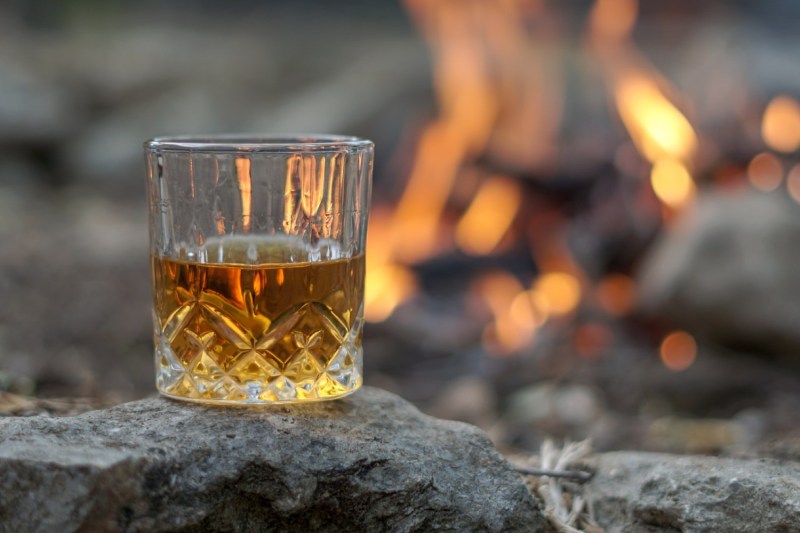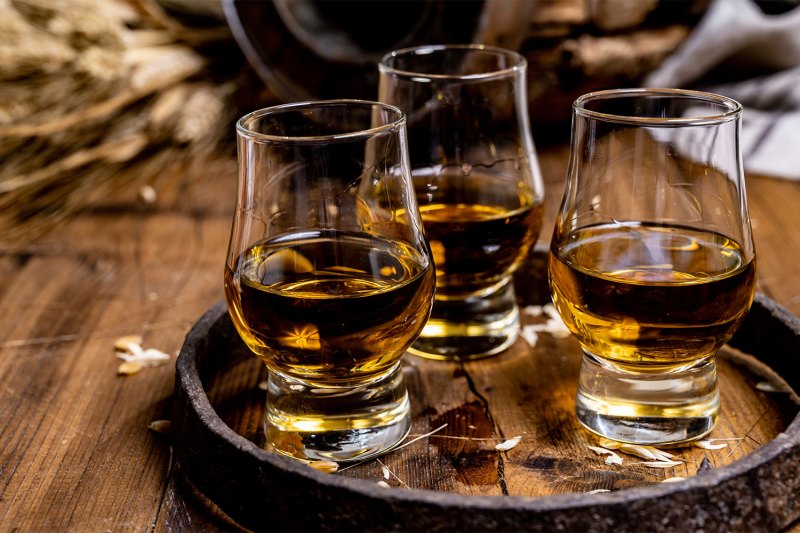Whiskey fans rejoice: American single malt is officially here. Well, almost. The federal government is on the cusp of recognizing the category, a win for both producers and imbibers. Not only will we be treated to a new official genre of whiskey that stresses domestic barley and regionality, but we’ll also know exactly what we’re getting involved with thanks to a clearer definition and recognition of the term.
The new term category is set to be official soon. Interested parties can comment on the proposed rule until September 27, and while tweaks and changes are possible based on the response, it seems likely to go into effect. How will the new style fit into the whiskey landscape? Well, in the states, there are essentially two main players: bourbon and rye. Single malt is sort of like the Scotch of America, made of a sole grain (barley) grown in a single area.

Portland’s Westward Whiskey has been making a single malt whiskey for years. “As we’re located in one of most fertile barley-producing regions in the world, it was clear to us from the beginning that we had a unique opportunity to produce a Single Malt with a distinct place and point of view,” said Westward Founder and CEO Thomas Mooney.
There’s irony at play. As Mooney says, Westward set out to make whiskies free from confines and narrow legal definitions. However, there’s value in the term and transparency is important. Think of it like wine: If there was no governing of terms like Champagne or Willamette Valley Pinot Noir, well, any old producer could whip something up and capitalize on the cache. So, Westward got to work and ironed out the details of what it means to make a single malt, working with other producers and serving in the American Single Malt Whiskey Commission.
“Over time, it has become clear to us that a standard definition of what ‘American Single Malt’ means is increasingly important with retailers, trade, and well-informed consumers. Our customers deserve to know that if the label on their bottle claims to be ‘American Single Malt,’ there are indeed some quality standards in place,” he said.
St. George Spirits is also part of the single malt commission, a forty-year-old distillery based in California. They too have technically been making single malt whiskies for many years. “We’re finally seeing enough momentum with whiskey producers to shape and codify what American Single Malt means at this moment in time,” said Dave Smith, head distiller at St. George.
Smith agrees that the new legislation limits creativity to an extent, but it’s worth it in the end. He says the commission made a compelling case: Define what it means before somebody else does. “I can’t argue with that and believe this is a great step forward to help whiskey lovers better comprehend an evolving category,” he said.

So, what do you get when you buy a single malt American whiskey going forward? Mooney breaks it down into six tenets.
- First, it must be made entirely from malted barely. In Westward’s case, that means two-row barley grown and malted in the northwest.
- Second, it’s distilled entirely at one distillery.
- Third, it’s mashed, distilled, and matured in the U.S.
- Fourth, it must be aged in casks not exceeding 700 liters.
- Fifth, it must be distilled at no more than 160 proof (80% ABV).
- Lastly, it must be bottled at a minimum of 80 proof (40% ABV).
Getting here was a process. Dealing with the TTB, like dealing with most federal entities, is a slow and rigorous process. But, as Smith says, whiskey producers are used to being patient (their work takes years to create). “To their credit, they don’t move quickly and invite public commentary and review to better understand the impact that these decisions have on our industry as well as consumers,” Smith said.
Perhaps most importantly, there’s an understanding now. Smith says in the early days, when St. George was making its first single malt in 2000, people didn’t want to try it because they didn’t really know what it was. “Is it bourbon? Is it Scotch? American Single Malt? What is that? Never mind. Pass,” he said, reflecting on the reaction to the brand’s first stab at the whiskey. “Without a category to define it and help develop awareness, people were often unwilling to explore an original idea.”
Despite the formal single malt definition, there’s still a little wiggle room from producer to producer, which is exciting for the drinker. The type of still used can vary, and the barley tends to offer different flavors depending on where in the country it is grown. Some believe it can show as much terroir as wine grapes. When you add up all the differences in terms of equipment, specifics of the aging vessels, and more, you end up with a lot of nuance. There’s protocol now, sure, but producers will very much be able to put their own stamp on single malt whiskey. And that’s great news for all.
“This is a major step in the effort to formalize a definition, but it is not the end,” Mooney said. “Over the next month, the TTB will allow for public comments on the proposed standards. From there, it will take a final review, and if all goes well, add the American Single Malt Whiskey to the official federal register.”
Move over Scotland, there’s a new single malt player in the international whiskey game. Cheers to that.


